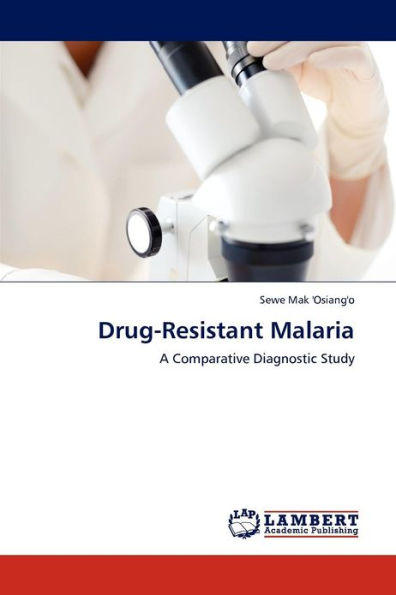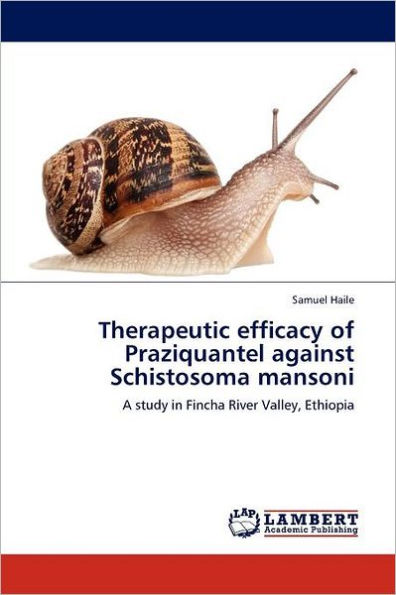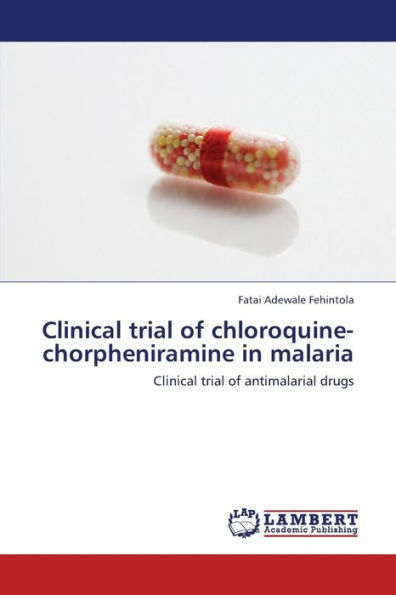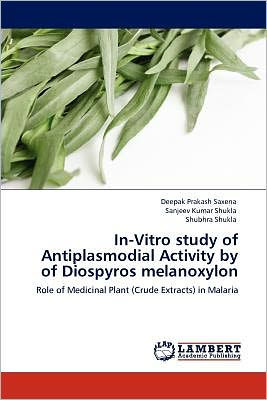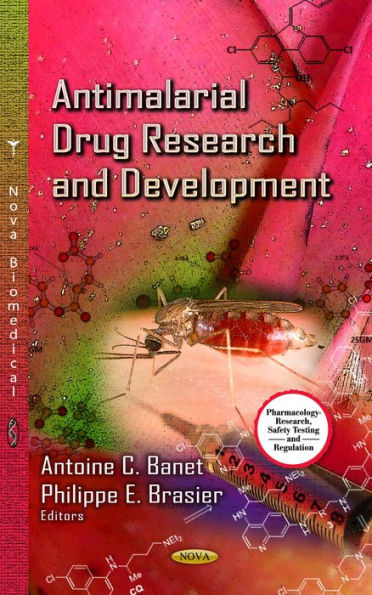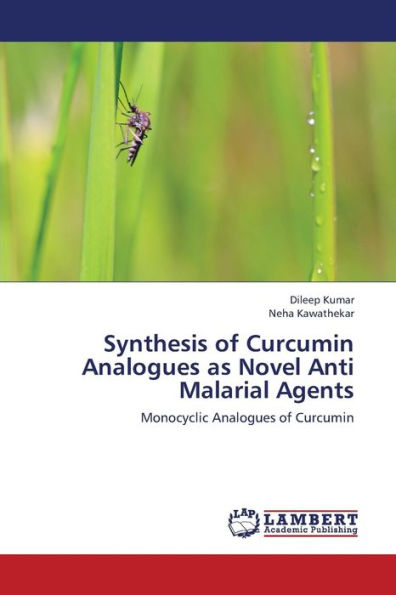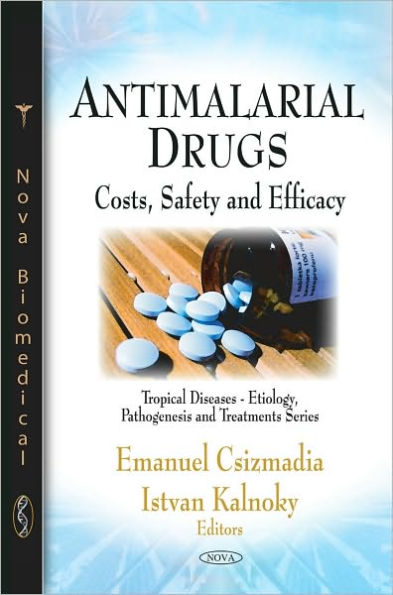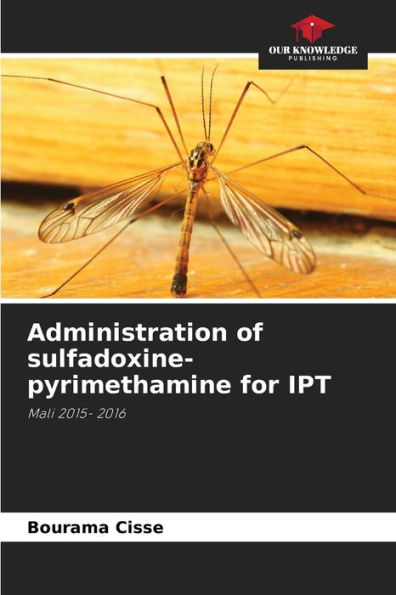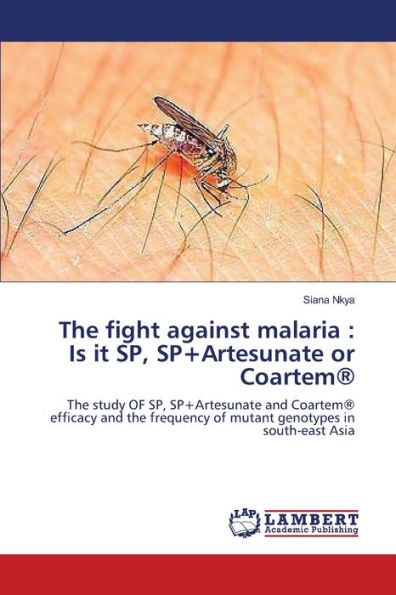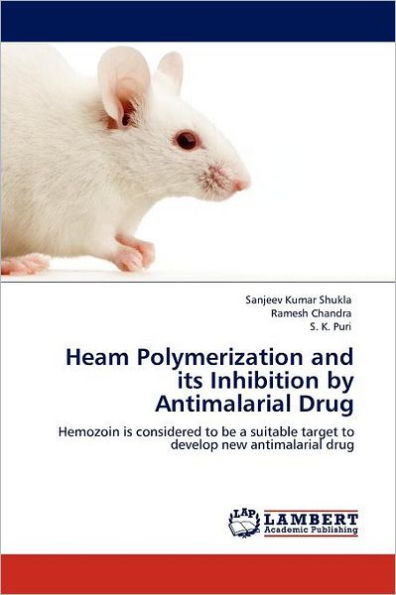Home
Atovaquone efficacy in treating Lumefantrine resistant Plasmodium


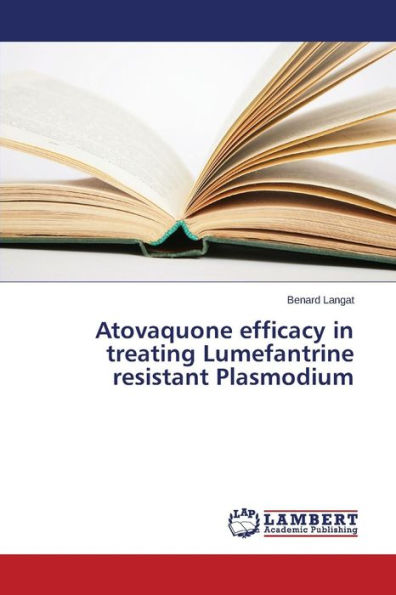
Atovaquone efficacy in treating Lumefantrine resistant Plasmodium
Current price: $53.89
Loading Inventory...
Size: OS
Malaria affects 300-500 million people annually and kills more than 1 million, with majority of the clinical cases and deaths occurring in Sub-Saharan Africa. Drug resistance against Plasmodium falciparum remains a public health problem. Resistance is the result of two processes: drug selection of resistant parasites; and the spread of resistance. Strategies to overcome this problem require full understanding of the resistance mechanisms, besides the use of combined antimalarial therapies. Resistance to an antimalarial drug may however, be selected for by another drug in which the mechanism of resistance is similar. This study sought to establish cross-resistance patterns between four antimalarial namely atovaquone (ATQ), primaquine (PMQ), lumefantrine (LM) and piperaquine (PQ) using murine malaria models. Findings shows that PQ-resistance in Plasmodium berghei is associated with a significant resistance of PMQ and a slight, though not significant reduction in ATQ efficacy. Thus, ATQ can be a potential partner to artemisinin in combination therapy in places where there is widespread resistance towards PQ.
